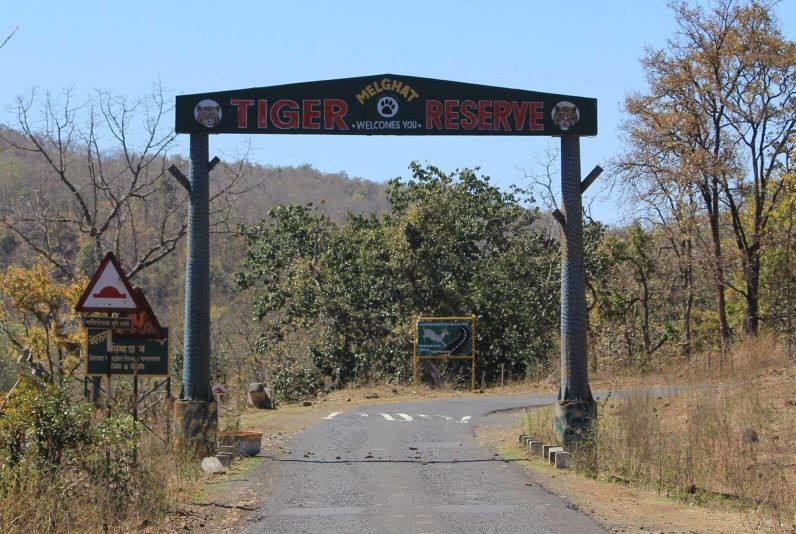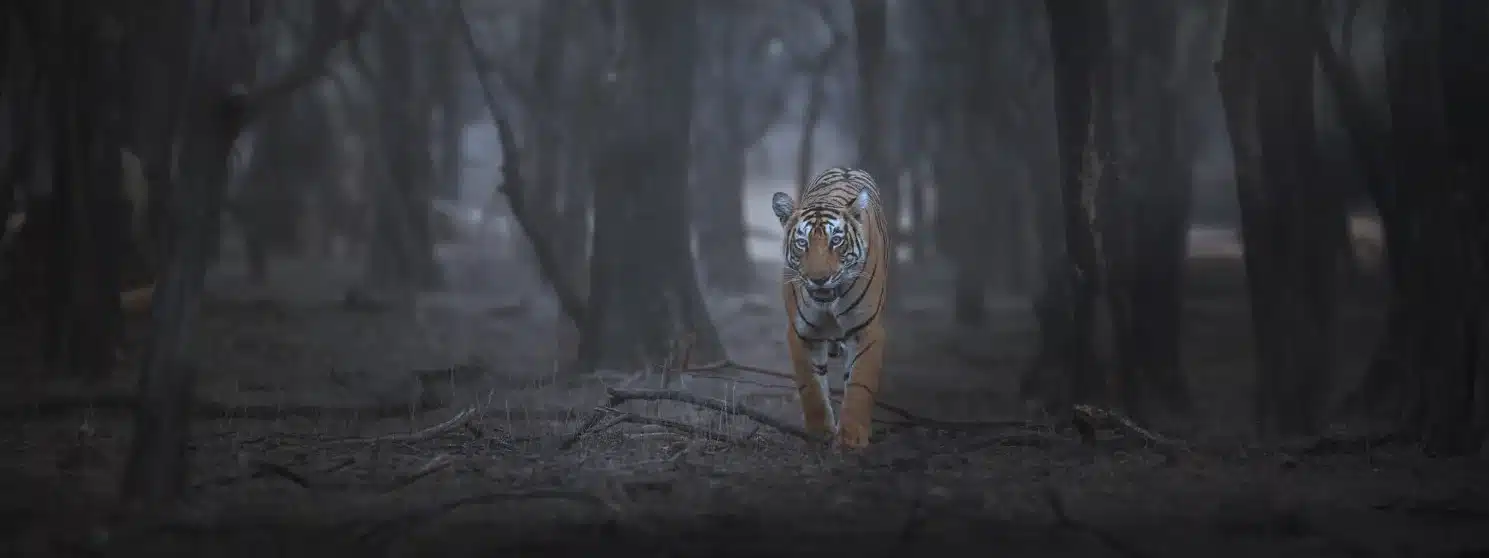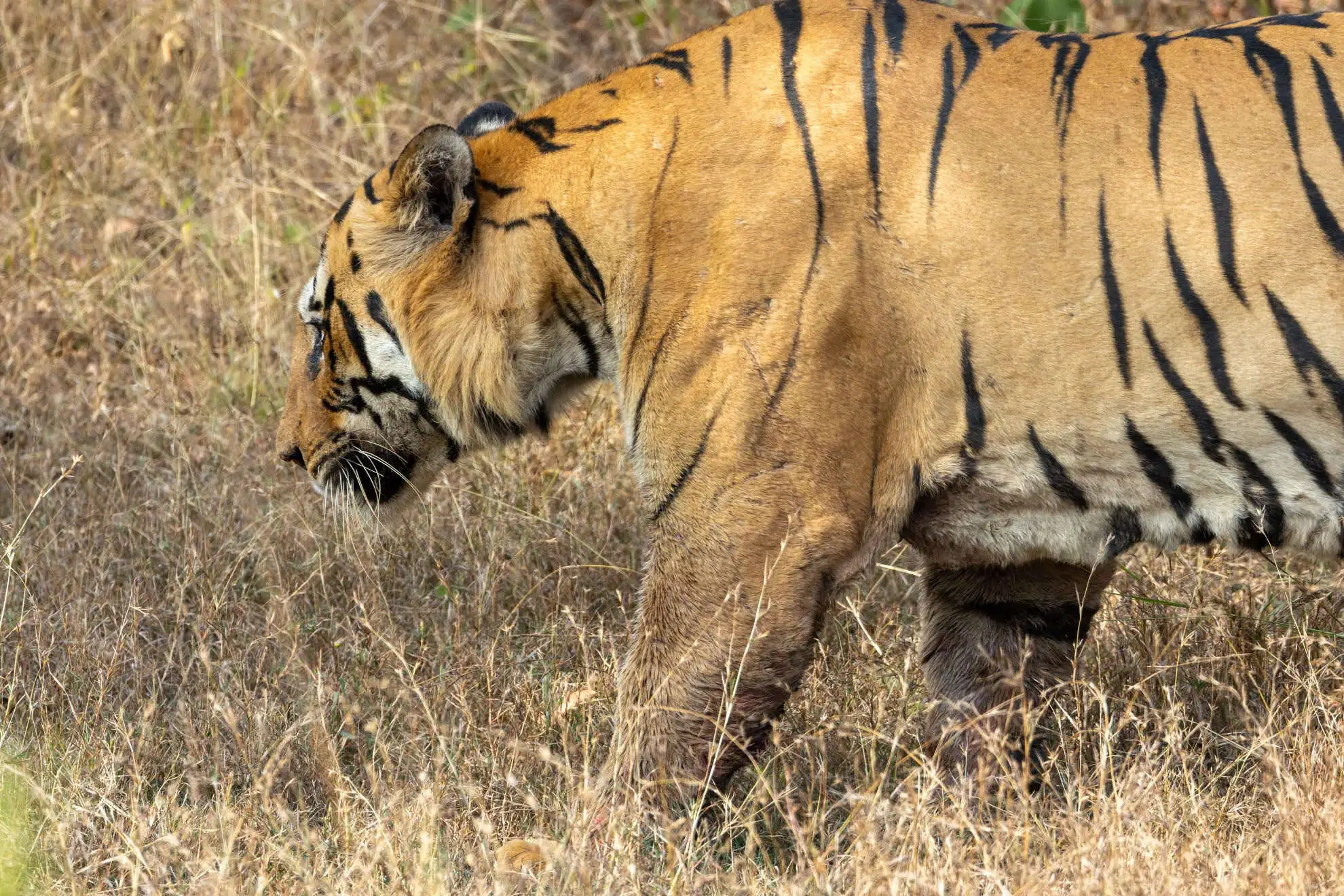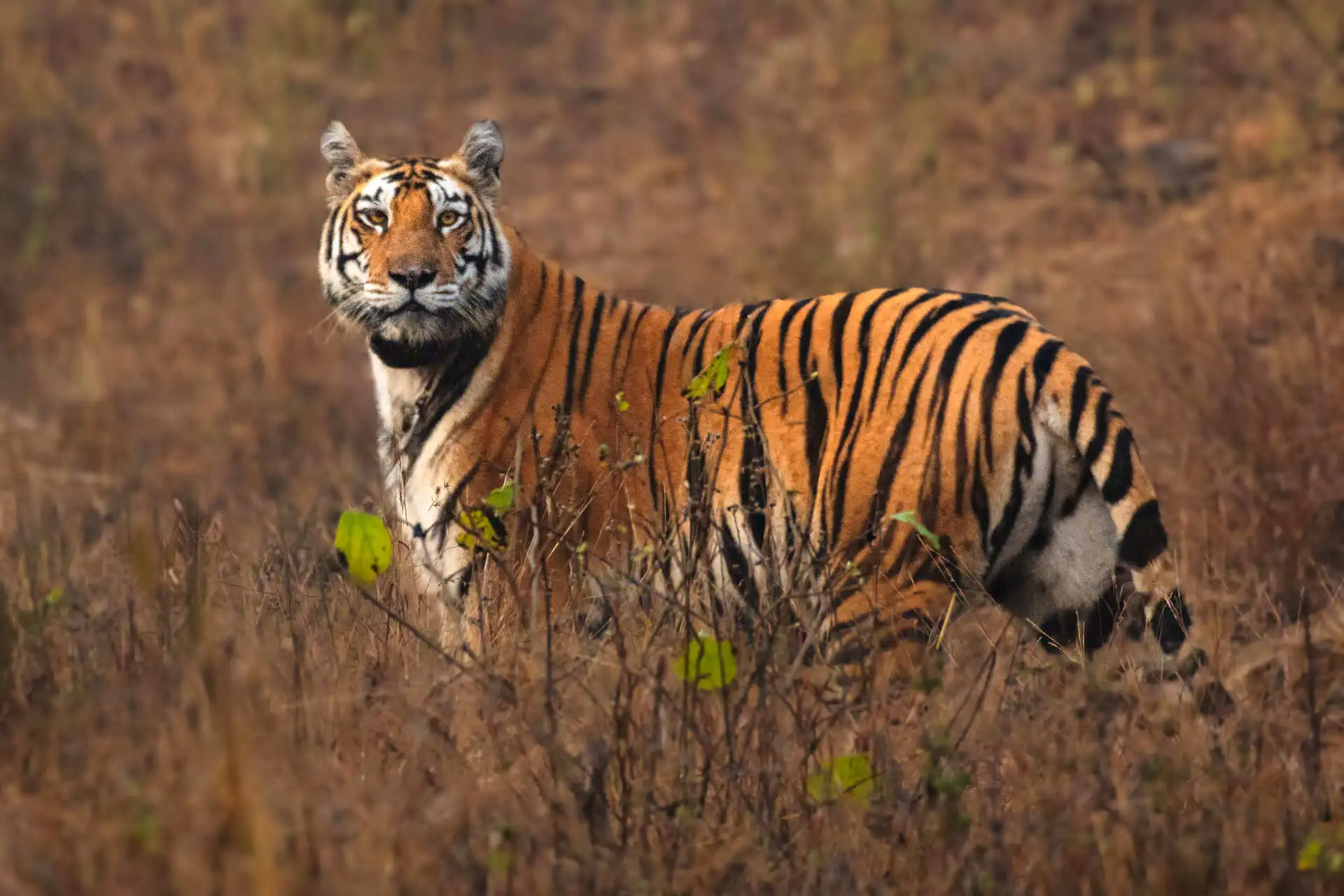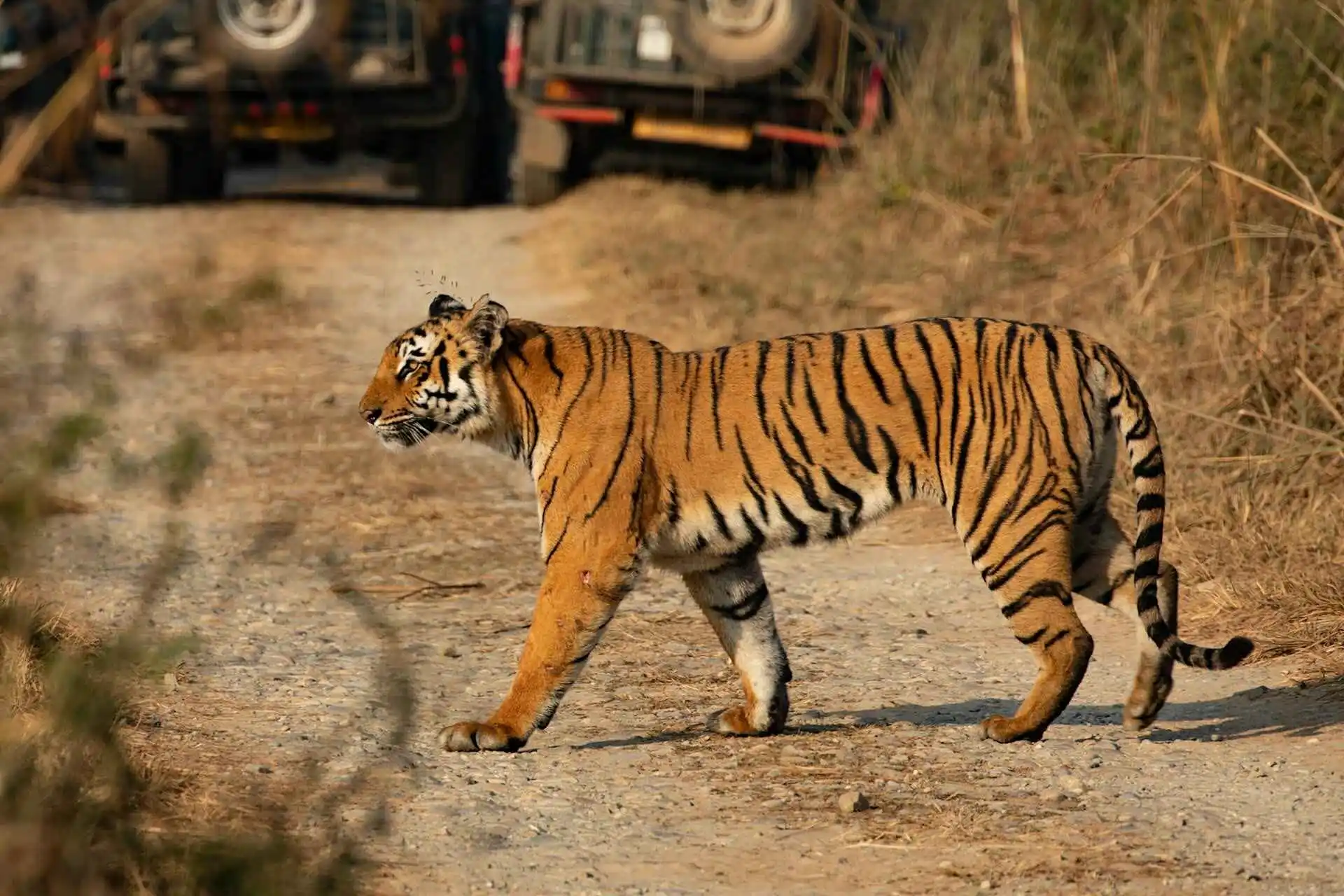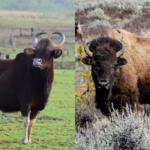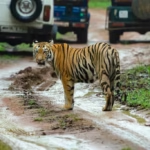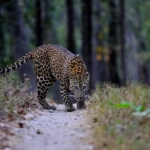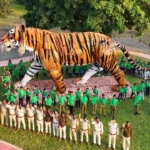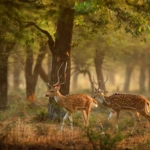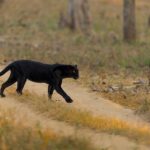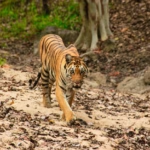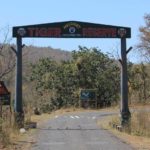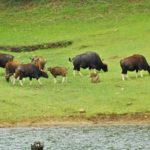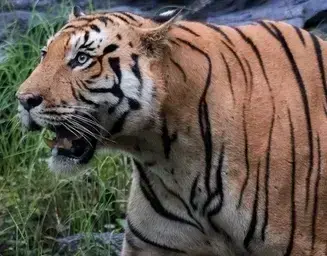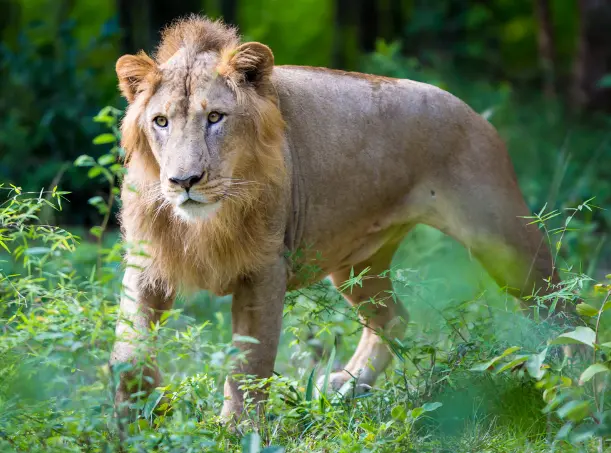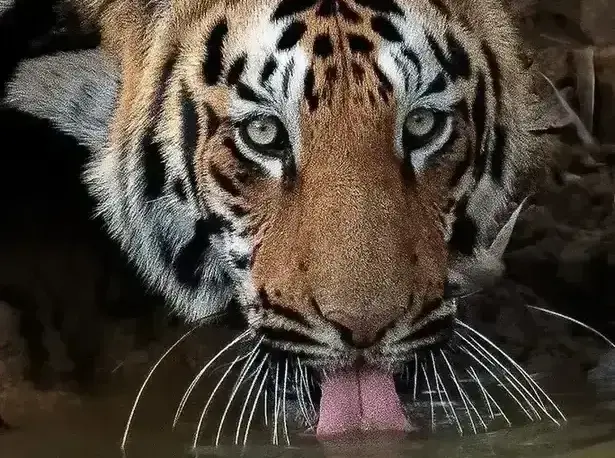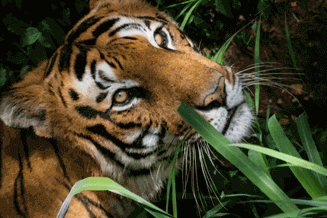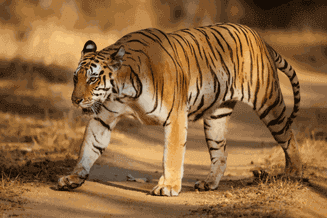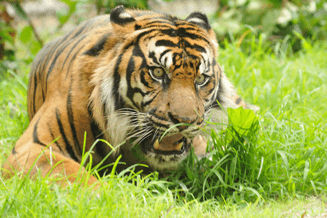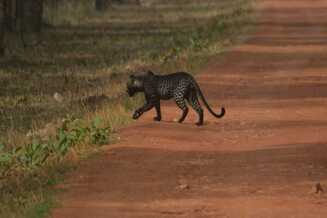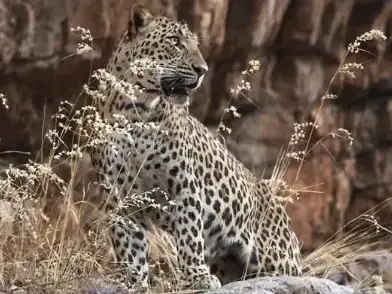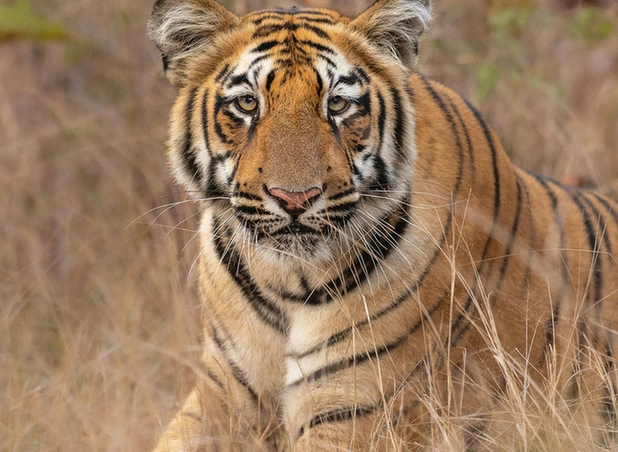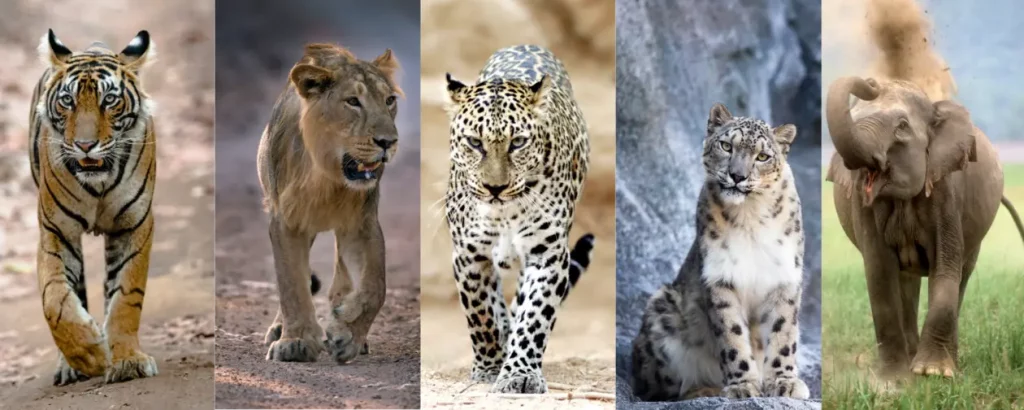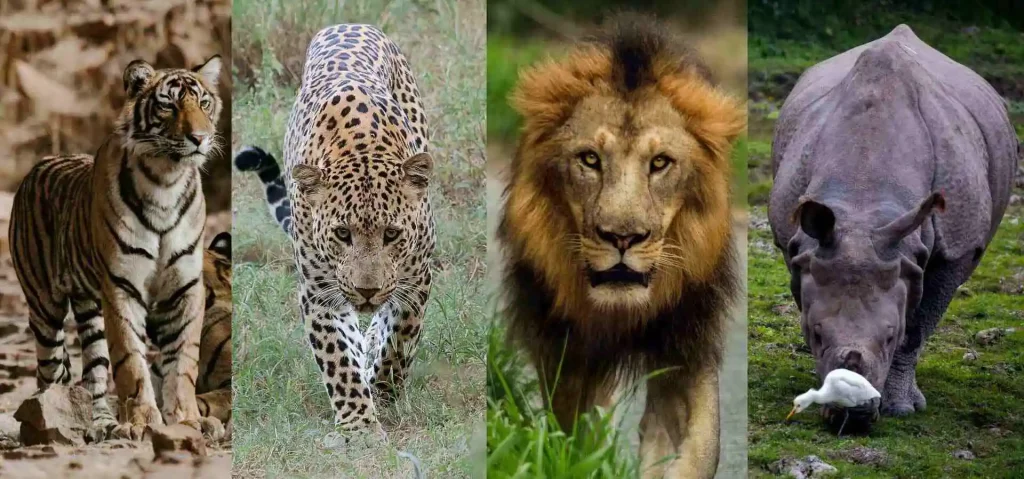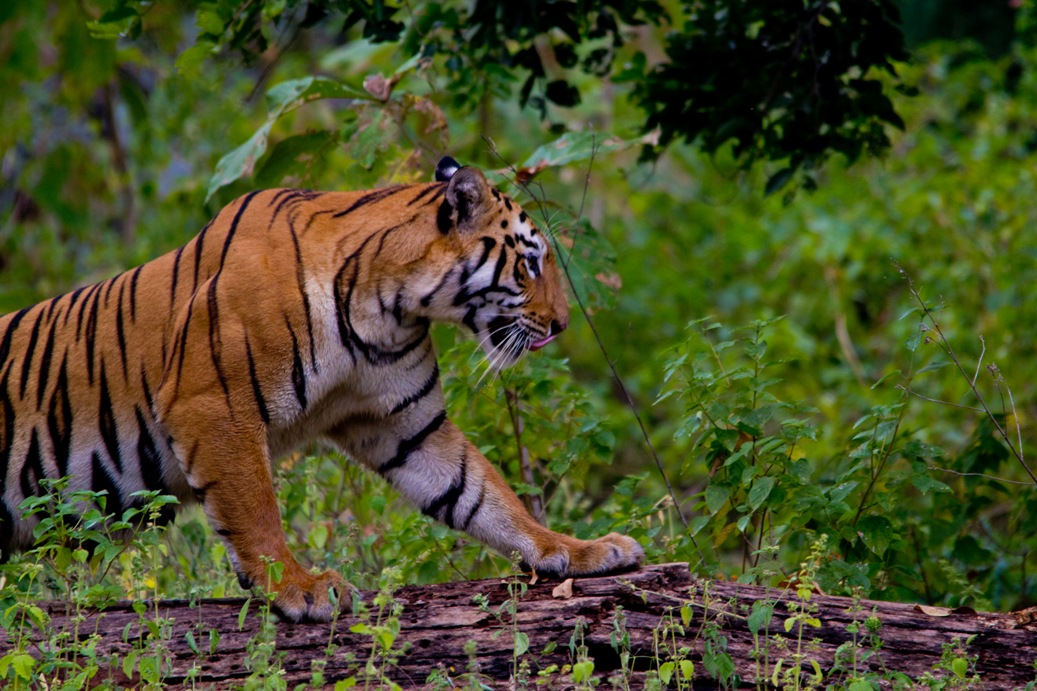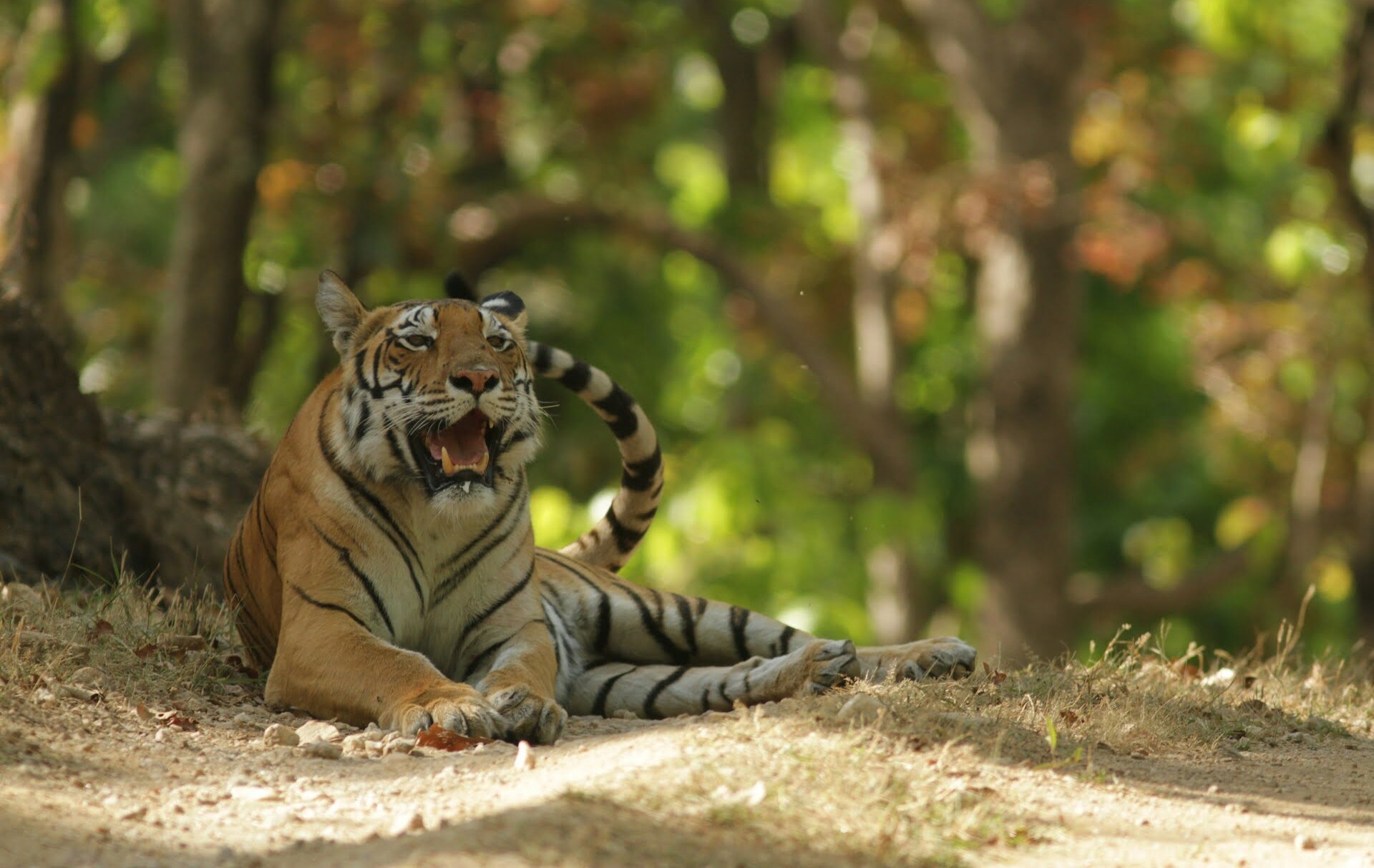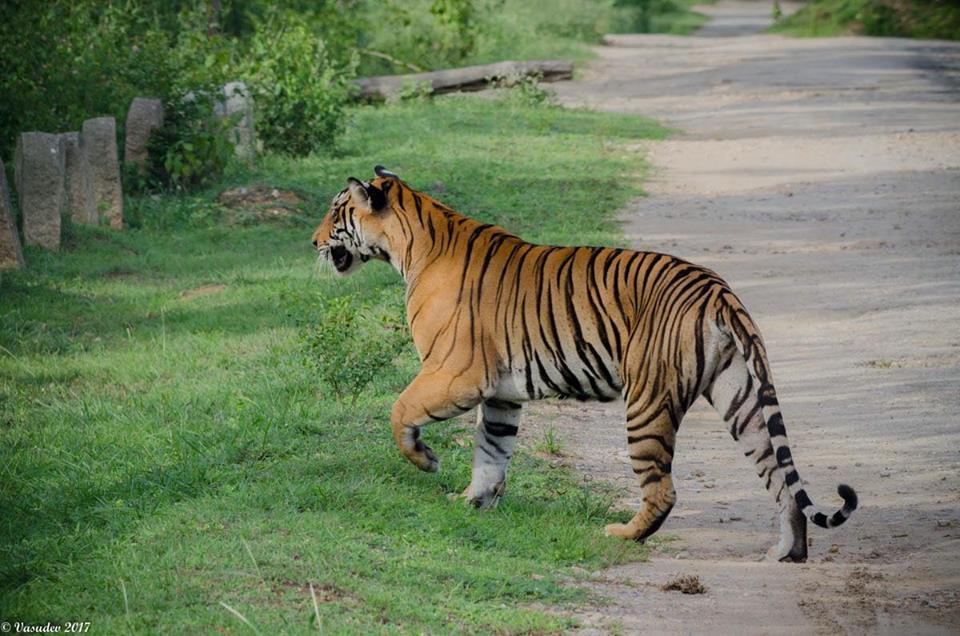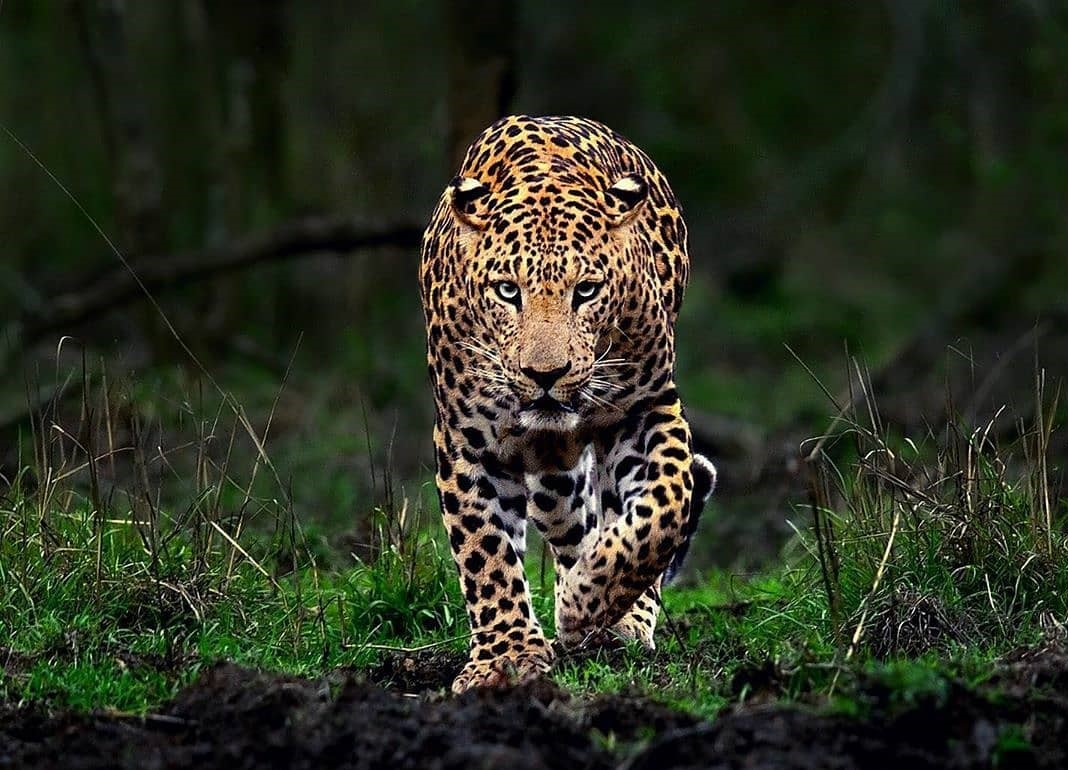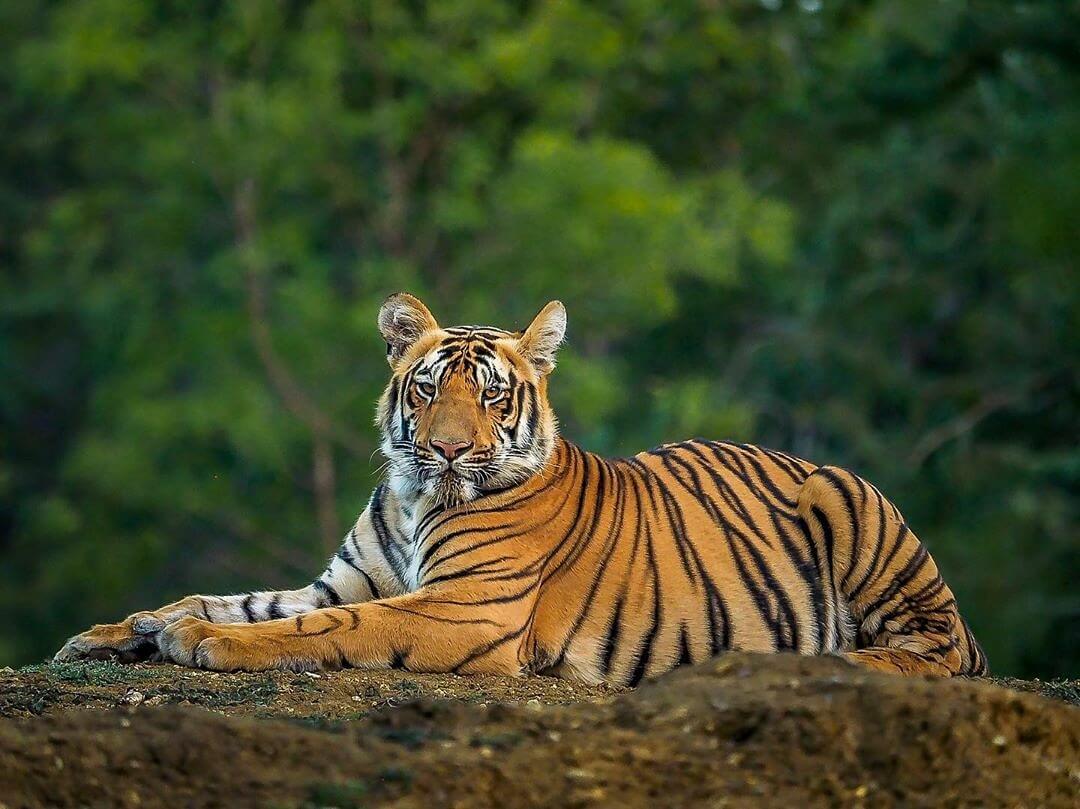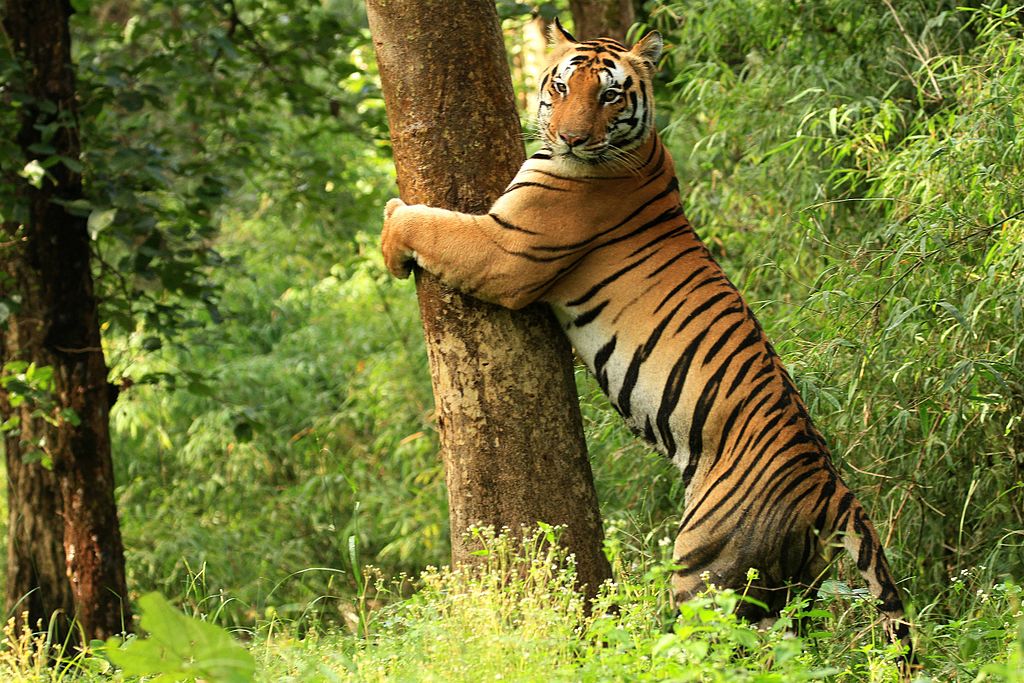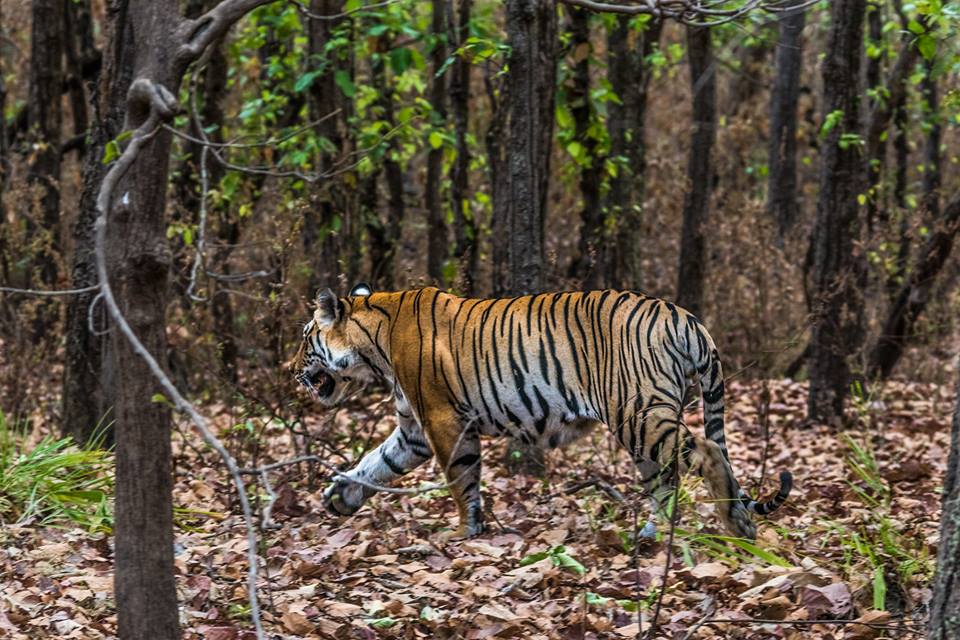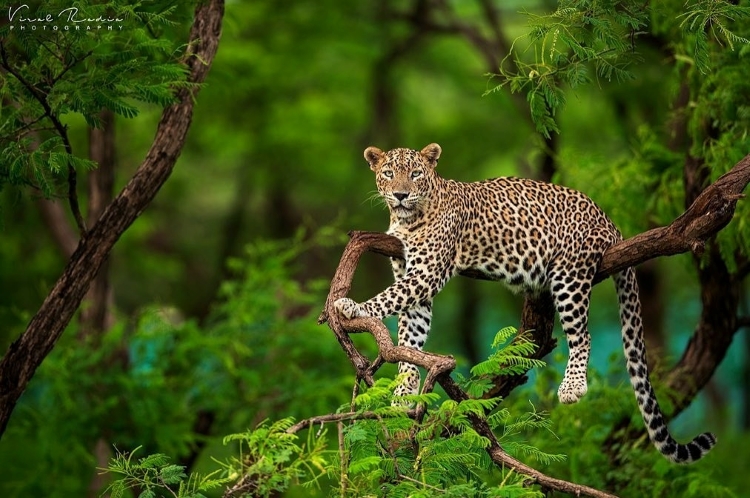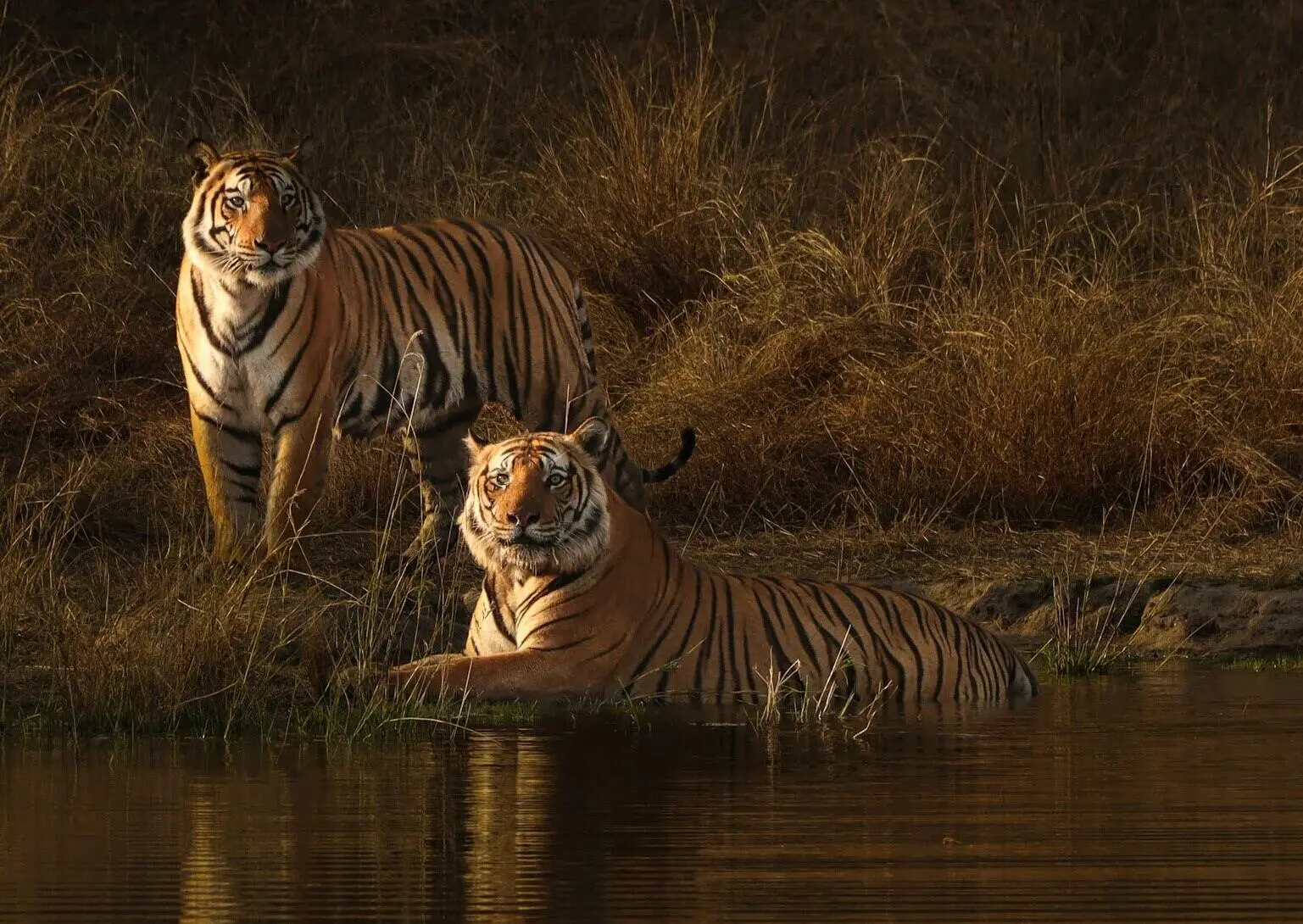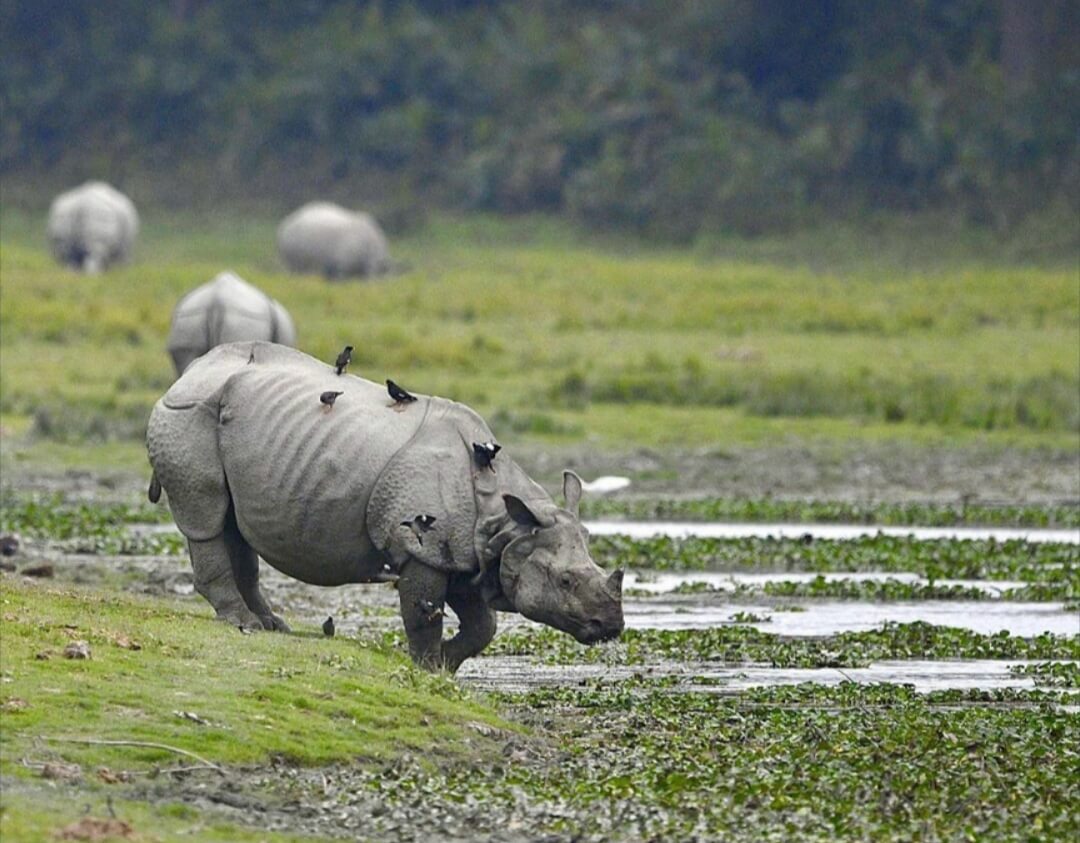Melghat meaning ‘meeting of the ghats’ is a Tiger Reserve located in the south of the Satpura Hill Range in Central India. Malghat Tiger Reserve is under the first nine tiger reserves which were notified in 1974 under the Project Tiger.
The reserve lies in the area of the river system containing various flora and fauna. Five rivers flow here. i.e. Khandu, Khapra, Sipna, Gadga and Dolar, these rivers are the tributaries of river Tapti. The three important tributaries which originate from the Melghat region and then drain into river Purna are, Chandrabaga, Adnani, and Wan.
The whole forest is a tropical dry deciduous forest, where teak Tectona Grandis dominates the forest. The area is surrounded by never-ending hills, ravines, jagged cliffs, and steep climbs and it spreads about an area of 2768 sq km. Melghat Tiger Reserve is the fourth largest reserve of India.
As we go back down the history of Melghat Tiger Reserve, Melghat Wildlife Sanctuary was found back in 1985 before which it was declared a tiger reserve in 1974.
Melghat Tiger Reserve – Information
Flora at Melghat Tiger Reserve
The dominant flora species to be known in Melghat is the Teak (Tectona Grandis). Among the whole locality, the most commonly found associates are Lagerstroemia parviflora, Lannea Coromandelica, Amla (Emblica officinalis), Terminalia tomentosa, Anogeissus latifolia, and Oujenia oojeinesis.
There are 647 natural species that belong to 398 genera of 97 families. There are more additional 67 species to the angiosperms. A scientist of the Botanical Survey from the Western region of Pune, India added more 58 species and currently the total is 772 species.
Fauna at Melghat Tiger Reserve
A variety of herbivores & carnivorous animals can be spotted here. Apart from Bengal Tiger, there are many other sources of attractions which attracts tourists and wildlife lover at Melaghat. The prominent ones are Rhesus Macaque, Jungle Cat, Wild Boar, Indian Pangolin, Indian Wolf, Sloth Bear, Hyena, Other species are Wild Dog Common Langur, Sambar, Barking deer, Gaur, Blue Bull, four-horned antelope, Chinkara which can be seen at Melghat Tiger Reserve.
There are 262 species of bird, 54 species of amphibian, 96 species of Pisces which are found in the Reserve. The place is considered as an important wildlife adobe because of the stock of animals found here.
Popular Tiger Safaris in India
Habitats of various wildlife at Melghat Tiger Reserve
The upper hills consist of not much widespread wildlife due to fewer water bodies whereas the lower hills are a place for firewood, fodder, grazing and etc. Here, you will mostly find wild Pigs, Nilgai and Cheetal. Nilgai feeds upon the woodlands and Cheetal avoids hilly terrains and thick forests.
A variety of herbivores animals can be spotted throughout the reserve. Sambar and four-horned Antelope are very common. Sambars are found almost throughout the forests and are common, while Cheetals can be seen mostly around Bori, Chikhali, Kolkaz, Dhakna, and Dhargad. Nilgais are seen in Bori, Dolar, Dhakna, Rangubeli, Zunjerunaam region.
Tigers are found in the areas of Mata Kol, Mandikua, Dolaram, Rabangnala, Keli, Semaduh, Raipur, Kuwapati, Adhao-Dhkna, & Raksha. Wild Dogs are spotted near Chunkadi, Koha, Koktoo, Gobi range of Melghat Tiger Reserve. The regions near Bairat, Makhala, Hatru, Khamdakhena, Koha, Dhakna and Koktoo are the places for where Sloth Bears resides.
Climatic Conditions
Because of the various altitude ranges, the climate of Melghat varies in different regions within the forest. Temperature changes along with the altitude. The annual average mean maximum temperature is 46 degrees Celsius and the mean minimum temperature is 4 degrees celsius.
Monsoon Climate in Melghat
July to October is usually the monsoon season in Melghat. During the monsoon season, the reserve receives a good amount of rainfall varying from 950 mm to 1400 mm.
Winters in Melghat
December to February is when the winter strike the reserve and during this season the reserve has a pleasant atmosphere. This is best time to visit Melghat if you want to see the beauty if the jungle post-monsoon. It will be lush gree in some part of the reserves which makes it perfect for nature photography.
Summers in Melghat
March to June is considered to be the summers in Mehghat where June has the highest temperature and is the hottest time of the year in Melghat Tiger Reserve. This is the best time to visit if you want to spot wild animals, as most of the mammals and other animals can be spotted around water bodies.
Tourist & Safari Information – Melghat
There are 3 Jungle Safari Routes in Melghat Tiger Reserve, Narnala Route, Bori Route, and Zari Route from where Jungle safari begins. These safaris are done with the help of VEDC Gypsy, Other than this you can also enter the park with your own vehicle. The charges for Jungle Safari and Entering the reserves are as under
| Gates | Dharghad | Ambabarwa / Wasali | Wan / ZariGate | Narnala / Shahanoor | Harisal | Chikhaldara / Vairat | Semadoh |
| Vehicle Entry | 100 | 100 | 100 | 100 | 100 | 100 | 100 |
| Entry Adult / Child | 40 / 15 | 40 / 15 | 40 / 15 | 40 / 15 | 40 / 15 | 40 / 15 | 40 / 15 |
| Camera Fee | 200 | 200 | 200 | 200 | 200 | 200 | 200 |
| Camera Fee (above 250mm) | 250 | 250 | 250 | 250 | 250 | 250 | 250 |
| Safari & Guide Fee | 300 | 300 | 300 | 300 | 300 | 300 | 300 |
Registration and on spot safari booking center for Melghat Reserve
- Nature Interpretation Center, Forest Department, Chikhaldara for Harisal, Chikhaldara/Vairat and Semadoh gates
- Shahanoor Complex, Shahanoor for Narnala & Dhargad Gate
- Wasali Complex, Wasali for Zari/Wan, Ambabarwa and Dhargad Gate
How to reach?
Melghat is connected very well with Amravati and Nagpur by Road and Rail. You can reach the Melghat Tiger Reserve through Train, Air, and Road easily.
Train- Badnera (Amravati) is the nearest rail station. Many trains are available from Ahmedabad, Mumbai and few other cities to reach Badnera. Otherwise, you can take a direct train to Nagpur, from where you can reach the reserve via road.
Air- Akot is the nearest airport from the park and is about 160 kilometers away. Another nearby airport is in Nagpur which is 260 kilometers away from the park.
Road- The reserve is approx 25 kilometers away to the nearest connected road, Chikhaldara. This road is inter-connected to various towns and cities. There are many buses available to travel starting from Nagpur, Amravati and other cities connected via Chikhaldara.

